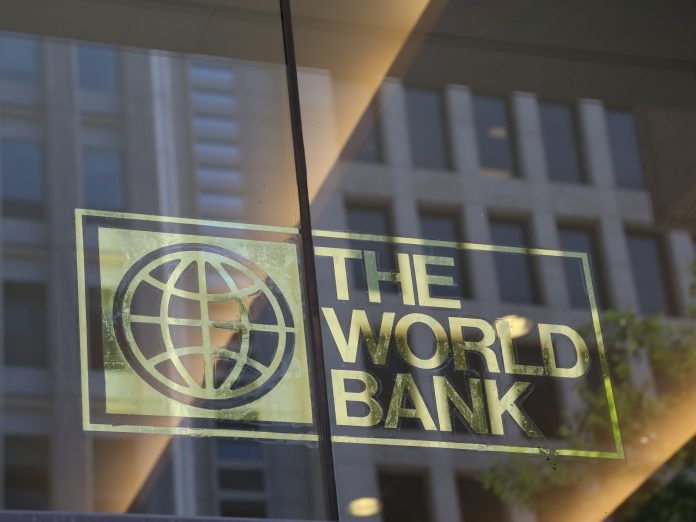ISLAMABAD: The World Bank has projected Pakistan’s debt to Gross Domestic Product (GDP) ratio to ease to 90.6 per cent in the current fiscal year (FY22) to and to 89.3pc in next fiscal year (FY23).
In its recent report “Pakistan Development Update October 2021”, the international financial institution has said that the total debt to GDP ratio had peaked to 92.7pc in FY20, however, it had been declining since then.
The public and publicly guaranteed debt declined to 90.7pc of GDP in end-June FY21, down from 92.7pc in end-June FY20. In end-June FY21, external debt accounted for 33.9pc of the total public debt, whereas short-term debt accounted for 16.2pc – indicating low rollover risks, the report added.
The public and publicly guaranteed debt includes external general government debt, domestic general government debt, guaranteed debt, and public and publicly guaranteed debt.
The report states that the rupee had already depreciated by 7.7pc against the US dollar over the first quarter of FY22 (Q1FY22). Given that external public debt is a third of the total public debt stock, the depreciation of the currency has implications for public debt, which is already above 90pc of GDP.
Meanwhile, the report said that in FY21, the fiscal deficit excluding grants had narrowed to 7.3pc of GDP from 8.1pc in FY20, as revenue growth, underpinned by stronger domestic activity, outpaced higher expenditures.
Further, it added that despite fiscal consolidation efforts, the deficit excluding grants is projected to remain high at 7.1pc of GDP in FY22 and widen to 7.2pc in FY23 due to pre-election spending.
Implementation of critical revenue-enhancing reforms, particularly the harmonisation of the General Sales Tax (GST), will support a narrowing of the fiscal deficit over time. Public debt will remain elevated in the medium-term, as will Pakistan’s exposure to debt-related shocks.
The report also projected Pakistan’s poverty rate to ease in coming years.
Bolstered by the recovery in the industry and services sectors and resultant off-farm employment opportunities, poverty incidence, measured at the international poverty line of $1.90 purchasing power parity (PPP) 2011 per day, is expected to have declined to 4.8pc in FY21 from 5.3pc in FY20, the report says.























